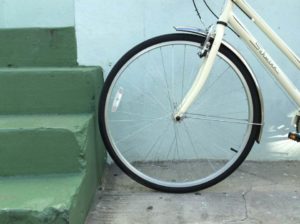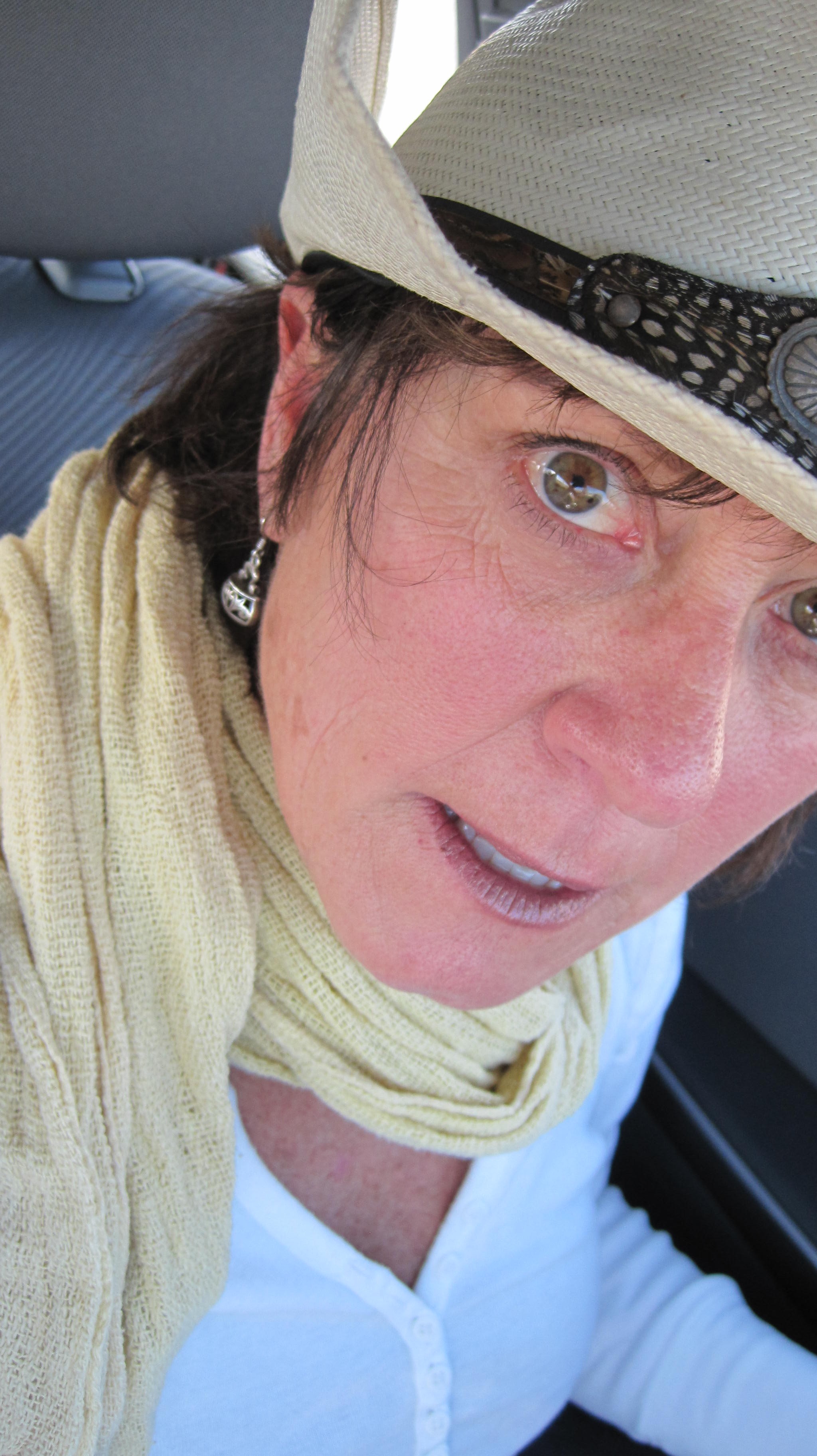 In early December last year, my friend Dan and I met in Amsterdam for a brief winter vacation. It was sunny, hat-and-gloves weather when we arrived. During the next few days, temperatures dropped and slushy snow fell with what felt like malicious zeal.
In early December last year, my friend Dan and I met in Amsterdam for a brief winter vacation. It was sunny, hat-and-gloves weather when we arrived. During the next few days, temperatures dropped and slushy snow fell with what felt like malicious zeal.
The Dutch are stalwart bicycle riders, pedaling sturdy, black bikes that are the style equivalent of sensible shoes. On they pedal—hundreds of them—along designated bike lanes regulated by bicycle semaphores across the flat landscape that is their entire country. On they pedal with children strapped into tiny, mini-me front seats. On they pedal—young, old, men in suits, women in heels, all swathed against the elements, streams of good looking, unflappable Dutch people. And after they have pedaled, they lock their bikes into hives punctuating street corners in metal jumbles large enough to warrant their own ZIP codes.
In my next life, I want to be Dutch. I want to ride one of those Oldsmobile bikes through my daily life. I shall ride with sea-level agency and admirable civic regard for my fellow cyclists. I will ride without complaint or Spandex and with no huffing and puffing just to push my regular person bike northward up San Francisco Street as the incline ascends with what feels like malicious zeal.
I got my first bike when I was eight or nine. It was a Stingray, tricked out with a banana seat, fenders and squirts of sparkly streamers on my handlebars. Susan B. Anthony has enthused about the role of bicycles in the liberation of women from the home. I wasn’t a woman then, but that’s one of the things my Stingray gave to me: a first notion of what I would later learn to call liberation. My bicycle freed me from the neighborhood circumference of my childhood. I remember hours of riding around the hedge-lined streets of the middle class, south Florida island where I grew up. My body engaged, the physical task not demanding full alertness. The world oozed by, and I could either think about it or not.
As a child, learning to ride a bike was a rite of passage. As a grown up, riding a bike is a preferred means of passage. My childhood landscape was as flat as The Netherlands, and the parade of bicycles I’ve owned since then seem decidedly Dutch. I don’t fancy mountain bikes or those bikes that weigh no more than a paper clip and turn riders into insect swarms. My bikes have wide seats and thick ankles. They are upright, vintage, pragmatic. When I moved to Flagstaff more than a decade ago, I brought along Miss Havesham, my beach cruiser, knowing full well there was no beach but hoping there may be some cruising.
A couple of Aprils ago my friend Arb and I descended from Flagstaff into Paradise Valley for a night or two of some sandal time. A half dozen clunky cruisers leaned into their kickstands in a semi-circle just beside the office door. Late afternoon light encouraged long shadows as we took two bikes and headed out into the neighborhoods of nowhere.
Arb and I had no map and no plan. We pedaled aimlessly and didn’t talk much. We curled along the streets, lit by the golden hour, unburdened by the stones of adulthood weighing down the pockets of our lives. I felt giddy and free and flushed with joy.
I was nine once. It lasted a year, and every day I am further away from that time if I adhere to the tracking system we call a calendar. What I have come to know is that all the ages I ever was are inside me, encoded on my bones and skin. Or maybe all I ever was is written onto scrolls bound by ribbons I have not yet learned to untie. Sometimes I can be nine again. Sometimes I can pedal my way to it.
For my birthday last year, I bought myself a Schwinn, a nostalgia bike the color of a buttermint. The tawny-colored handlebar grips with zig-zaggy stitching make the bike look as if it is wearing leather gloves. I call the bike Kyle Santos, a suggestion made in jest by my niece Carmen. The name stuck.
On warm days I head out with Kyle Santos. I wear flip flops. I don’t have a destination or a phone or a wallet. I pedal and I drift. The world oozes by. Sometimes I think about it. But most of the time I don’t.

